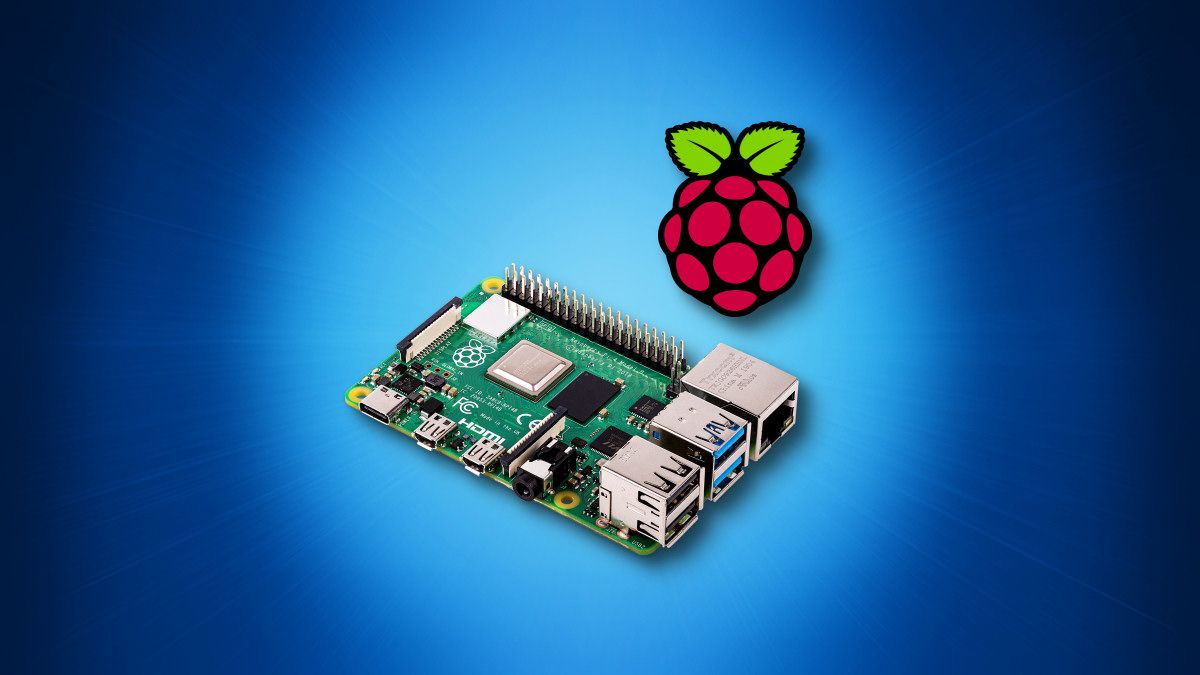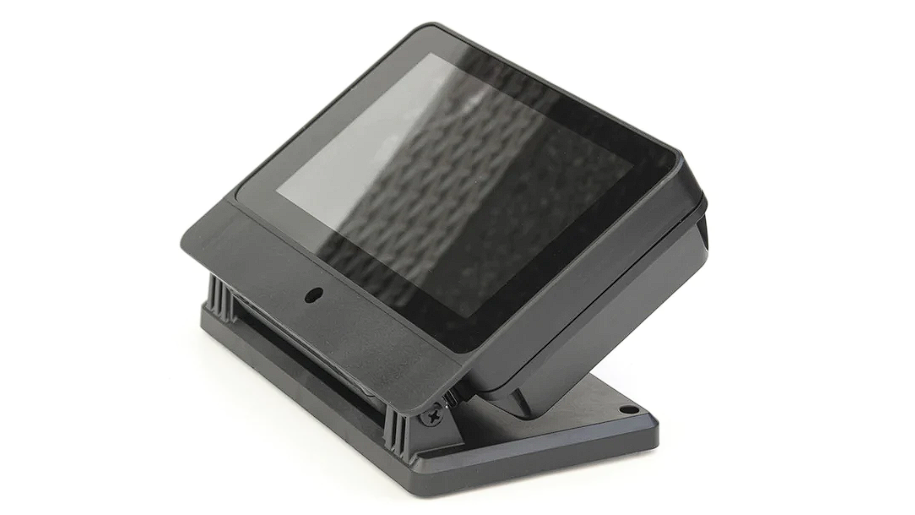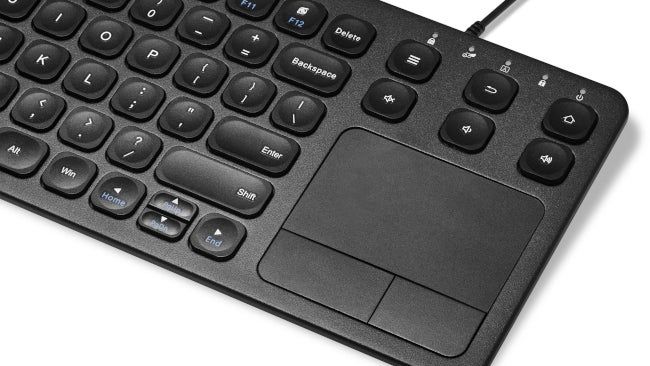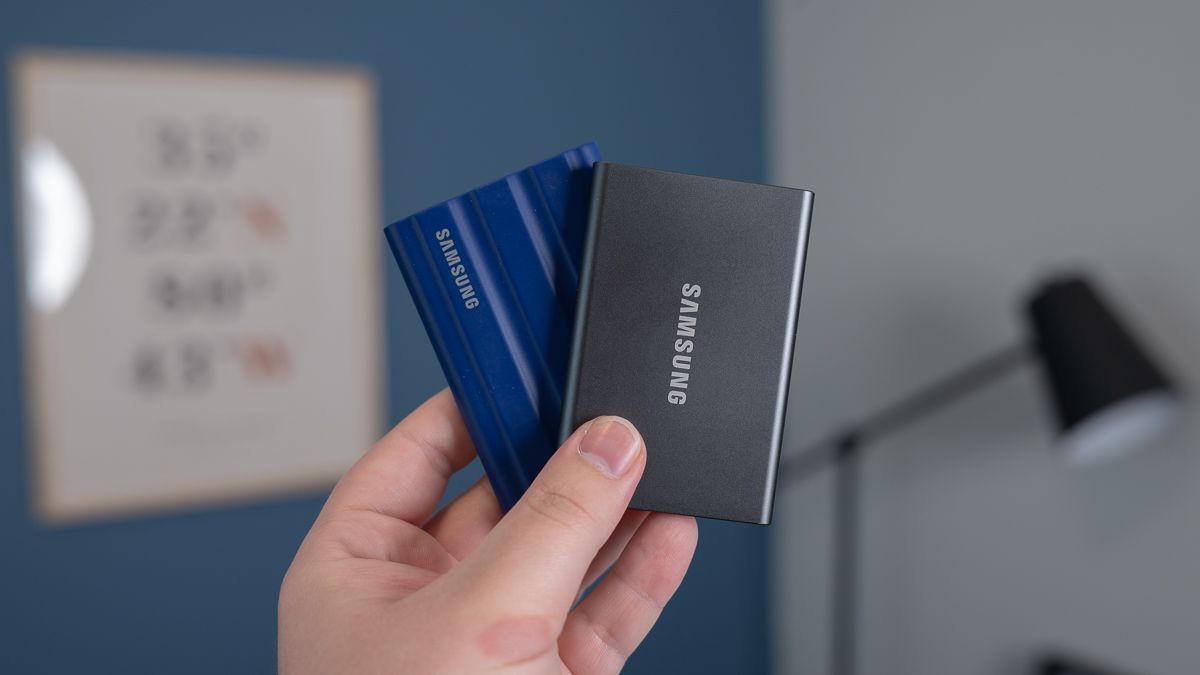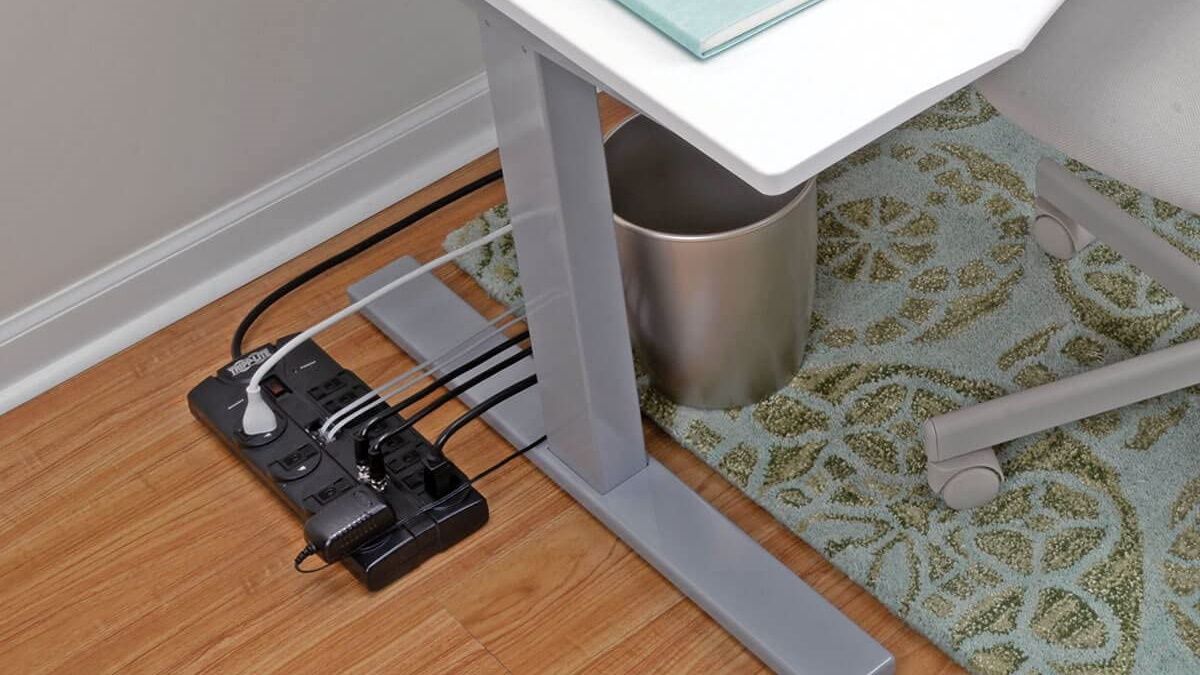Read update
- This article was originally published in December 2022. We've reviewed our guide and after replacing some out-of-stock items we're confident these products are still worthy upgrades for your Pi setup.
Quick Links
Whether you just got a Raspberry Pi (or another single-board computer) or you've left one sitting in a drawer somewhere, supplemental gear might be the inspiration you need to kickstart a new project. These Pi accessories range from fun to extremely practical.
UPDATE: 1/23/23
This article was originally published in December 2022. We've reviewed our guide and after replacing some out-of-stock items we're confident these products are still worthy upgrades for your Pi setup.
A Portable Monitor
When you need to interact with your Pi's operating system, you might just connect it to a monitor from your existing workstation or maybe even to an available TV. That isn't always convenient, though, especially when it means diving into an absolute jungle of cables or losing access to the PC you were using for project instructions. That's where an affordable and portable monitor can be a huge convenience.
You have a lot of options, including a multi-purpose travel monitor and a minimal touchscreen monitor. If touch is a priority, you can get the official Raspberry Pi Touch Display. Combine that with a monitor case, and you've got something approximating an all-in-one PC.
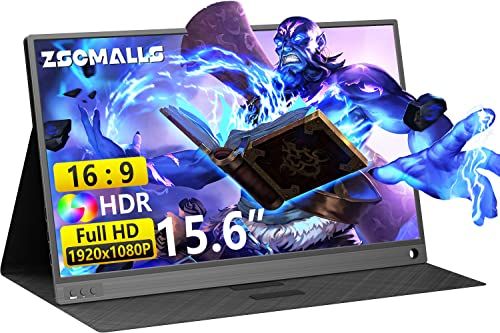
ZSCMALLS 15.6 Inch Full HD Portable Monitor
This ultrathin monitor has a folding cover that doubles as a stand, so you can keep it stowed on a bookshelf until the moment you need it, or stick it in a backpack when you're on the go.
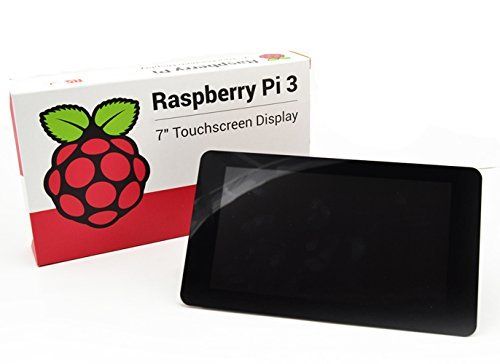
Official Raspberry Pi Touch Display
The touchscreen monitor manufactured by Raspberry Pi is small but great for integrating into projects. It wires into your GPIO board so you don't need an HDMI cable.
A Keyboard and Touchpad Combo
If you're like me, you only occasionally need a keyboard or mouse to interact with your Pi. When the time comes, you have to borrow them from another setup or dig a dedicated keyboard and mouse out of a back closet. You can cover your peripheral needs in one compact unit with a keyboard and touchpad combination unit.
Generic combos are easy to find, but Virlos makes several units with the Pi in mind, including wired and wireless options, plus a mini handheld version. They even sell a keyboard hub meant to give you a single-unit experience like the Pi 400, but with bonuses like battery power and cable storage.
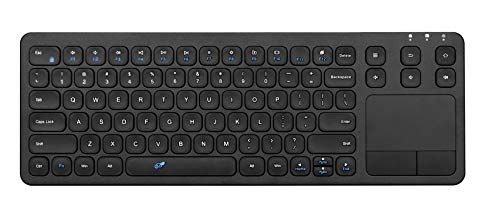
15 Inch Keyboard With Touchpad
The wireless version of this keyboard intended for the Raspberry Pi stays compact for easy storage and saves you from needing to bring a mouse along.
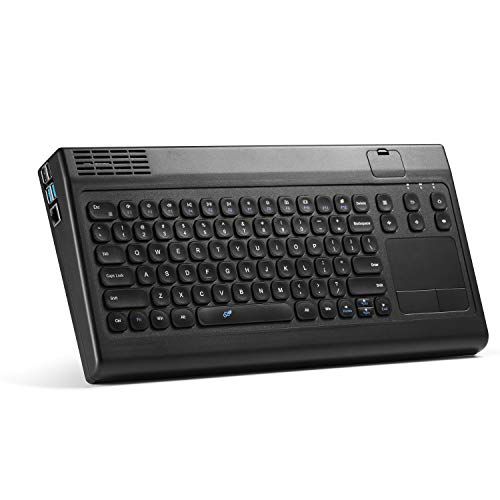
Vilros Keyboard+Touchpad Hub
If you prefer to move as a single unit, install your Raspberry Pi in this keyboard hub with a built-in touchpad and cable storage for maximum mobility.
More Storage
Do you plan on any Pi projects that involve storing files? Whether you're hosting a cloud backup, playing through a huge ROM collection, or running a media server with your Raspberry Pi, extra storage can only be a good thing.
You probably want your setup to stay compact and low-profile, so a small form factor is ideal. Your options don't get much smaller than a Samsung Fit Plus USB drive. Your storage space is limited, though, to not much more than your SD card might already get you.
To go bigger in terms of disk space, a full-blown external drive might be what you need. The WD Elements Portable HDD, for example, gets you terabytes of storage while maintaining a relatively small form factor. If you prefer to go solid state, the SanDisk Extreme gets even more compact (but at an SSD pricepoint). Or, you could get one or two internal SSDs and set your Pi up with a drive stand as a minimalist NAS build.
Keep in mind that, aside from the 4B, most Pi models only support USB 2.0. That means you won't be able to take advantage of any benefits brought by USB 3.0 or higher (though you can still certainly use drives that support those standards).
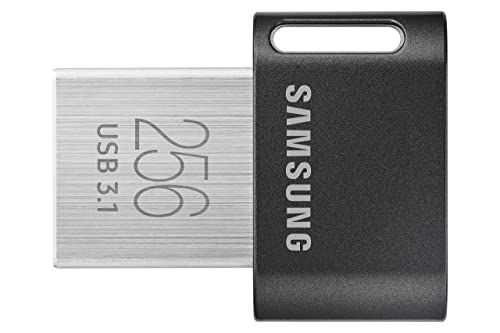
Samsung Fit Plus - 256GB
Our favorite USB flash drive, the Fit Plus is ultra-fast with a compact build that doesn't forget the keyring. It's also waterproof, shockproof, magnet-proof, and x-ray-proof.
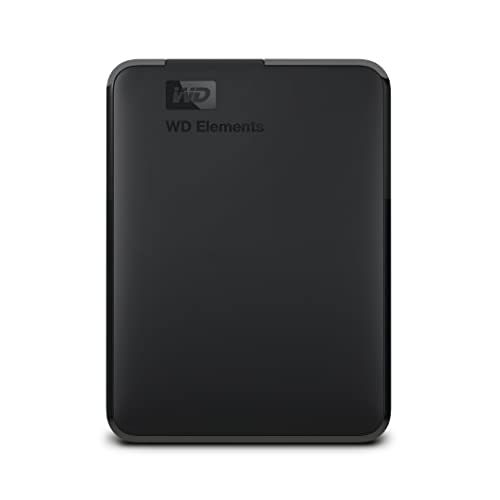
WD Elements Portable HDD - 2TB
Store extra files of all types on a portable hard drive that gets you space without taking up space.
A Handheld Gaming Case
Gaming, especially retro gaming, is a ubiquitous Pi project genre. Couch play is relatively simple to achieve, with a monitor or TV to plug into, plus a gamepad and storage to hold your ROM collection. You can't forget a sweet retro case of course. But what if you want to go mobile?
The Retroflag GPi 2W case can take a Pi Zero (or a CM4 with the GPi 2) and turn it into a Gameboy-like handheld mobile unit, complete with battery power and an on/off switch that can be programmed for safe shutdowns. It has built-in speakers and a 3.5mm audio jack, and the IPS screen features adjustable brightness.
Other, larger Pi models are supported by Waveshare's game HAT handheld that's built more like a DIY Gameboy Advance. You do have to remember these devices it's bring-your-own-battery and bring-your-own-ROMs, so they aren't completely standalone accessories.
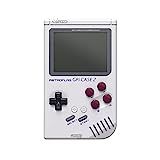
Retroflag GPi Case 2 for Raspberry Pi CM4
This GameBoy-style handheld Pi case doesn't forget the details, like shoulder buttons and a programmable power switch.
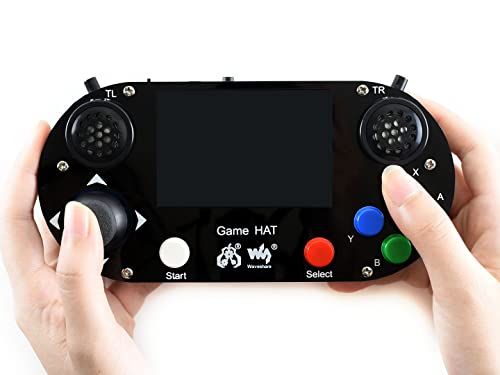
Waveshare Handheld Game HAT
Don't forget the battery with this DIY handheld case for the Raspberry Pi. Reviewers report it's fun to play, but you may not like the design.
A Surge Protector
Running a server or smart home monitor with your Pi means plugging in long-term, which puts your device in harm's way without a surge protector. It's a smart investment for almost any device, but protecting your Pi is paramount now with how costly replacing them has become.
A low-profile option like the LVETEK Outlet Extender can offer the protection your Pi needs without draining your wallet. If you have lots of devices to shield, though, you can invest a little more in our favorite surge protector, Tripp Lite TLP1208TELTV. Its twelve outlets will likely cover your whole array, plus its modem and coaxial ports add a ton of versatility and usefulness.
If you want both surge protection and uninterrupted power in the face of blackouts, you'll want to look into a reliable UPS. They can get pricey, though, and if yours has limited capacity, you'll likely prioritize other devices like your router and main workstation.
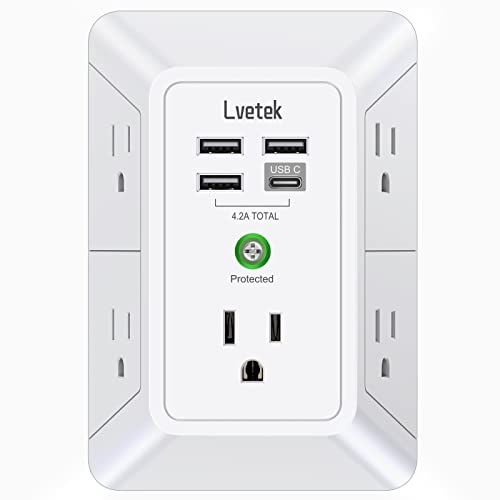
LVETEK 5-Outlet Surge Protector
This outlet extender protects your devices from power surges, and the small size makes it convenient for travel too.
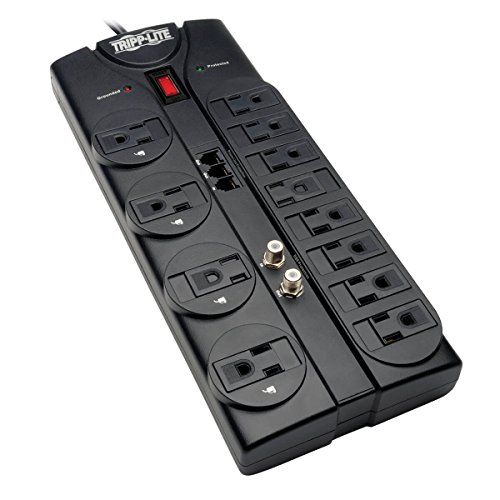
Tripp Lite TLP1208 SAT Surge Protetor
An all-purpose surge suppressor that ticks all the boxes as far as protection, versatility, price, and warranty goes.
Don't Forget the Essentials
If you're brand new to the Pi world, your options for decking out your single-board PC can seem overwhelming, but don't let that distract you from the bare necessities.
For one, you've got to start with a high-quality power supply. An old phone charger can result in a subpar experience that results in glitches and reboots that are hard to troubleshoot. And, it's especially important when you've got accessories that add power drain. You can't go wrong with the official Raspberry Pi USB-C PSU for the newer models or a well-rated Micro USB charger for the Pi models that still use Micro USB.
A good SD card is also non-negotiable. Booting up a Pi is one of the rare exceptions in storage cards when quality can make or break your experience. Cards like the SanDisk Ultra and Silicon Power 3D NAND microSD are tried and true choices for Pi users.
You also can't forget the HDMI cable, though you're generally fine not spending much money here. You can also save yourself some hassle in setting up your Pi's internet connection by getting an Ethernet cable long enough to reach your router. Take care of those essentials, and you're ready for any project.

